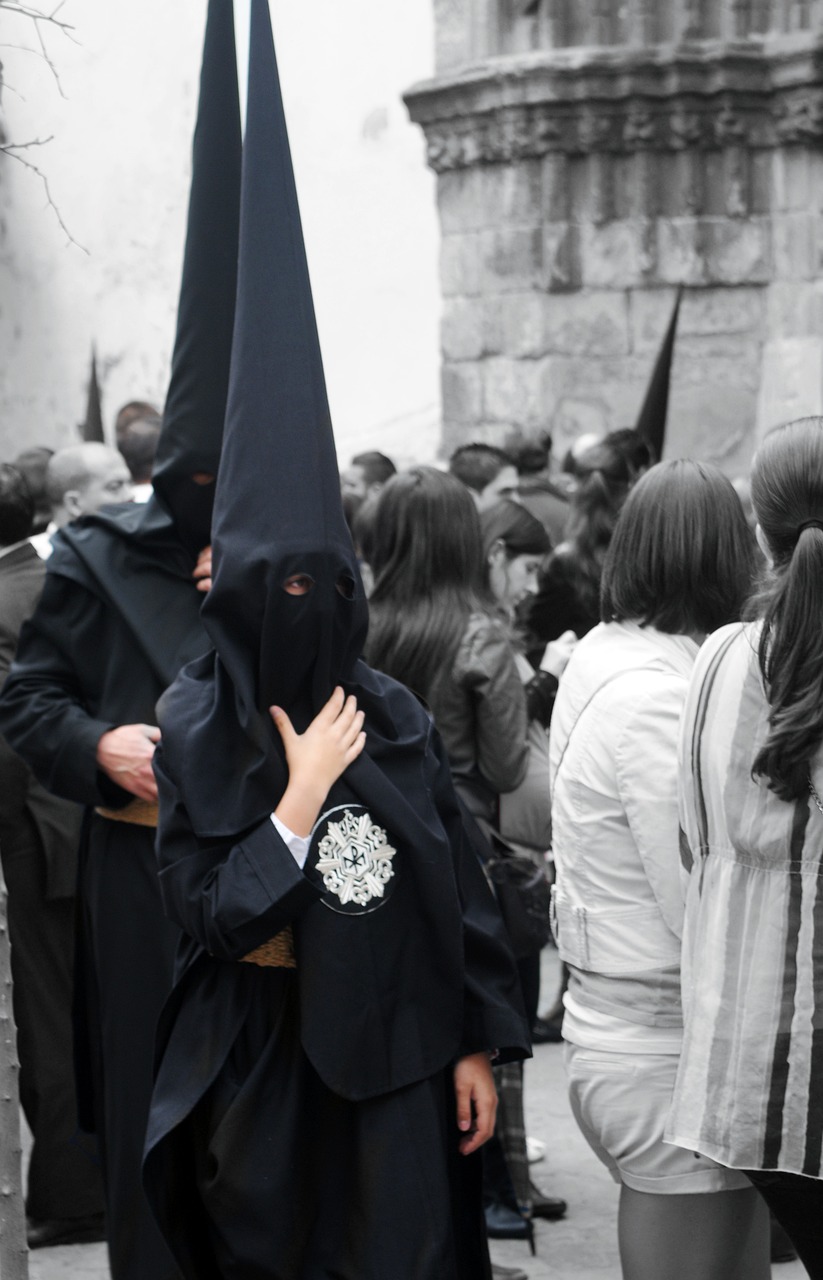Exploring the Houshan Daoists and the Houtu Cult in Hebei
Much of my previous work on local rituals has focused on the traditions found in Shanxi. However, the province of Hebei, which encircles Beijing, presents a rich opportunity for field studies that may not initially appear as captivating. It serves as a significant and fruitful area for research that unfolds intriguing cultural narratives surrounding its ritual life.
Central to our fieldwork in Hebei was Houshan (the Rear Mountain) located in Yixian County, home to the veneration of the goddess Houtu, whose temple fair represents a vibrant local tradition. This investigation delves into the Complete Perfection Daoist priests operating there prior to the 1949 Liberation, highlighting their close ties with local communities. Additionally, I will outline the various ritual associations in nearby villages, the “precious scrolls” that are integral to the rituals, and the temples dedicated to Houtu.
Significance of Houshan Area
Throughout our 1990s project examining the Hebei plain south of Beijing, we encountered multiple amateur ritual associations, many of which originated from either Daoist or Buddhist priests. While many temples in the region had but a handful of resident priests, the Houshan temple boasted around a dozen priests before Liberation.
Nestled at the eastern foothills of the Taihangshan mountain range, the area we explored is just south and east of Houshan. Our investigations have revealed that despite the limited focus on this specific region, it still harbors potential for further study, paired with a rich history influenced by the cultural remnants of aristocratic imperial life.
This section concentrates on the Houtu cult and the Daoist practitioners situated in Houshan prior to the 1950s, also introducing the numerous ritual groups present in Yixian, Laishui, and Dingxing counties.
Within this area, amateur ritual associations known as foshihui play a vital role. These associations are characterized by their recitation of vocal liturgy accompanied solely by ritual percussion, without the traditional wind ensembles. This practice aligns closely with the recitation of “precious scrolls,” which often illustrates an ancestral connection to the diverse sects under the “White Lotus” classification.
The decades leading up to the Liberation witnessed the flourishing of intra-village sects engaged in inter-village networks, however, these were severely suppressed during the campaigns spanning from the 1940s to the 1960s. Among the most recognized sects were Dafojiao, Laofomen, and Yiguandao, although their styles of ritual differed notably from the groups described here, with some lacking any formal ritualistic performance.
The Houtu Cult
The Houtu cult exists as an ancient but lesser-known religious practice, particularly around Yixian, Laishui, Dingxing, and Xushui counties. This worship centers on Houtu, known as the Sovereign Earth Empress, or affectionately referred to as Houtu niangniang (Our Lady) or Houtu nainai (Granny). Her enduring relevance can be linked to state birth control policies initiated in the early 1980s, fostering the continued observance of her worship.
Legend has it that Houtu rescued Liu Xiu from the clutches of Wang Mang in the Han Dynasty. Following Liu Xiu’s ascension to the throne as Emperor Guangwu, he granted her the title of Chengtian xiaofa Houtu huangdi, reflected in local rituals and literature throughout the region.
Within local temples, shrines to Wusheng laomu, a deity associated with “White Lotus” beliefs, can be found. Our initial visit to Houshan in 1993 revealed a newly constructed shrine dedicated to Wusheng laomu adjacent to the main temple of Houtu.
Hallmarks of “White Lotus” vocabulary are prevalent in local ritual artistry, highlighting themes such as “returning home,” the dragon-flower assembly, and the tripartite kalpas.
The Houshan Daoists
To reach Houshan from Yixian County, one takes a secondary route through Liujing, leading to the serene Matou village. A scenic ascent spanning three hours leads to the temples situated atop the mountain.
Following the political chaos of the late 20th century, villagers refurbished many shrines on Houshan’s summit. The Houshan region was once vibrant with both Daoist and Buddhist temples, some remaining expansively intact while others had succumbed to the ravages of time as far back as the 1930s. The predominant temples for the Houshan Daoist priests were the Shouyang yuan and Shouyang guan, with the majority of the practitioners residing at the base of the mountain rather than on its summit.
Representatives of the Longmen Complete Perfection lineage, it was found that many Houshan Daoists were formally ordained at the White Cloud Temple in Beijing. Local testimonies reveal a genealogical framework showcasing the names of renowned priests, including Master Cui, who oversaw the temple operations during Wei Guoliang’s early training.
Despite the challenging transitions during the 1940s, ritual practices persisted, with priests often collaborating with local villagers to fulfill the community’s ritual needs. The village of Matou was notably active in maintaining its own ritual associations, and the newly trained members would often engage in local events alongside the Daoists.
The plethora of Houshan priests from pre-1950 eras illustrates the occupation’s diverse skill-set and intricate social dynamics revolving around ritual activities within the communities.
Conclusion
As we have examined, despite the tumultuous political history and shifting religious landscape in Hebei, the rituals associated with the Houtu cult have remarkably remained rooted within the local culture. The Houshan area’s extensive network of amateur associations and temple-derived rituals reveals a vibrant tapestry underlying community life.
While facing challenges posed by the onset of modern capitalism, these rituals continue to evolve, ensuring the legacy of the Daoist practices and their associated narratives endure in the regions surrounding Houshan.



